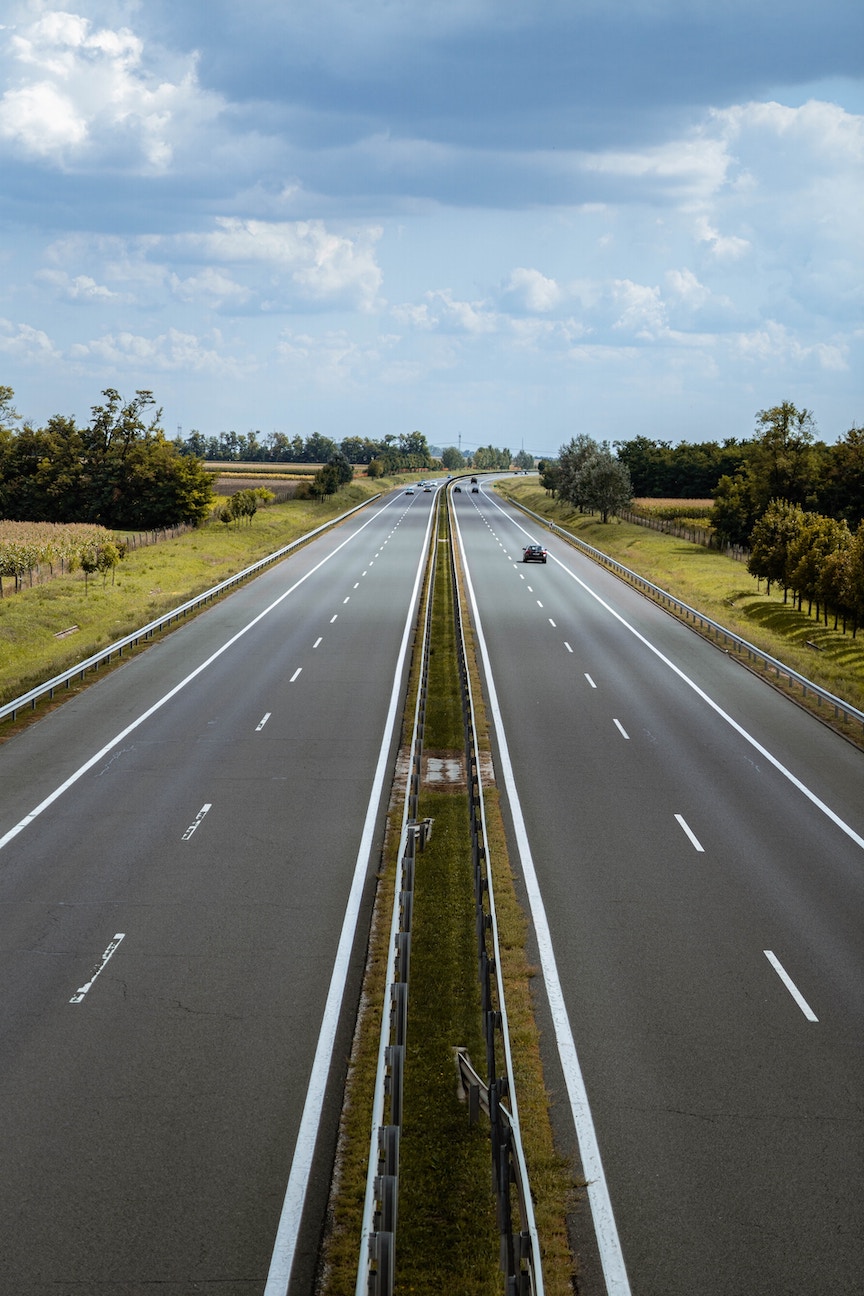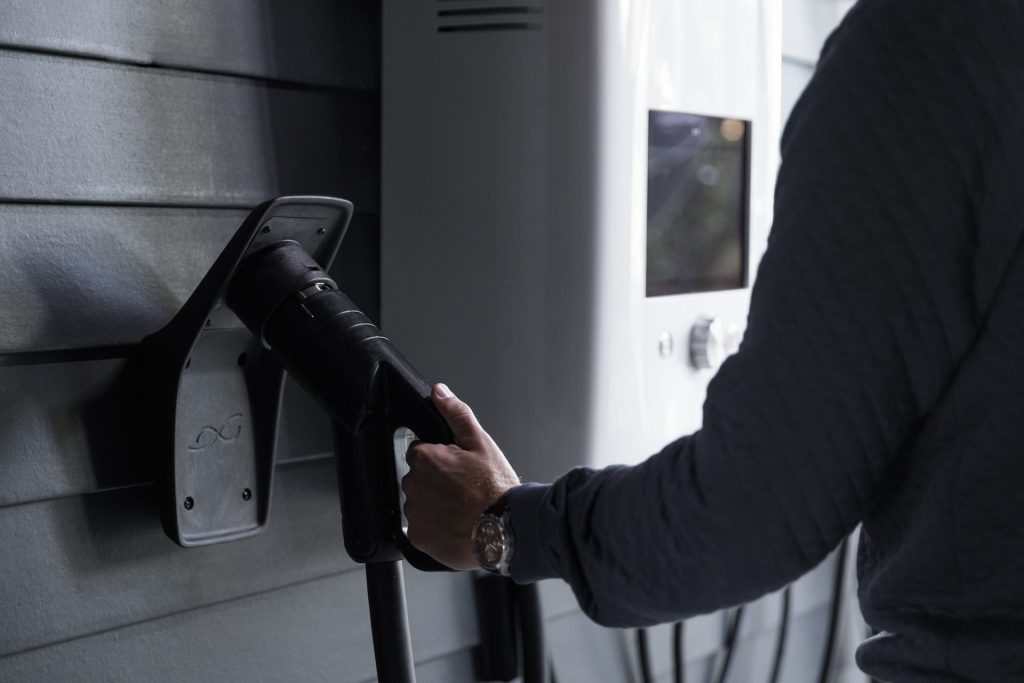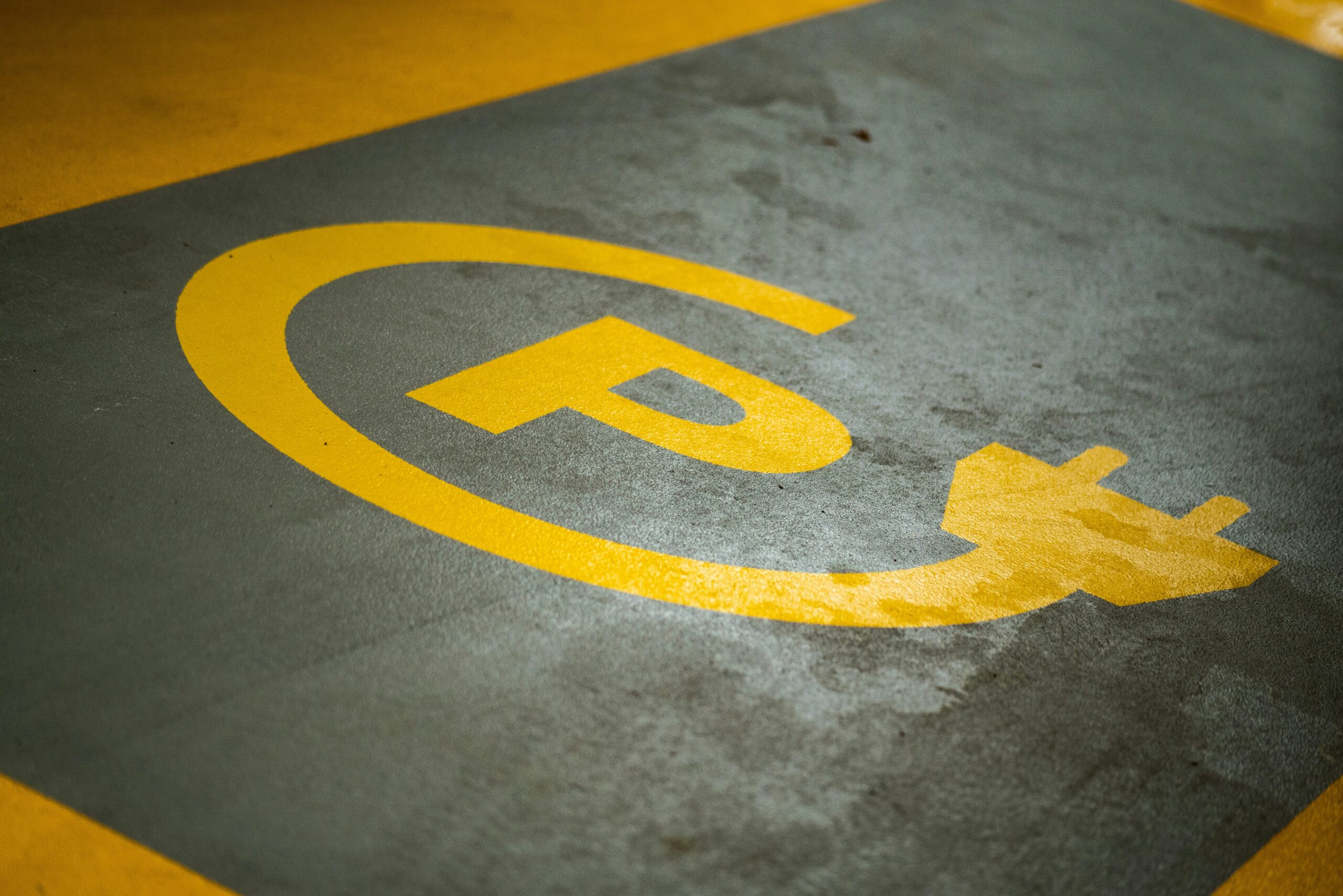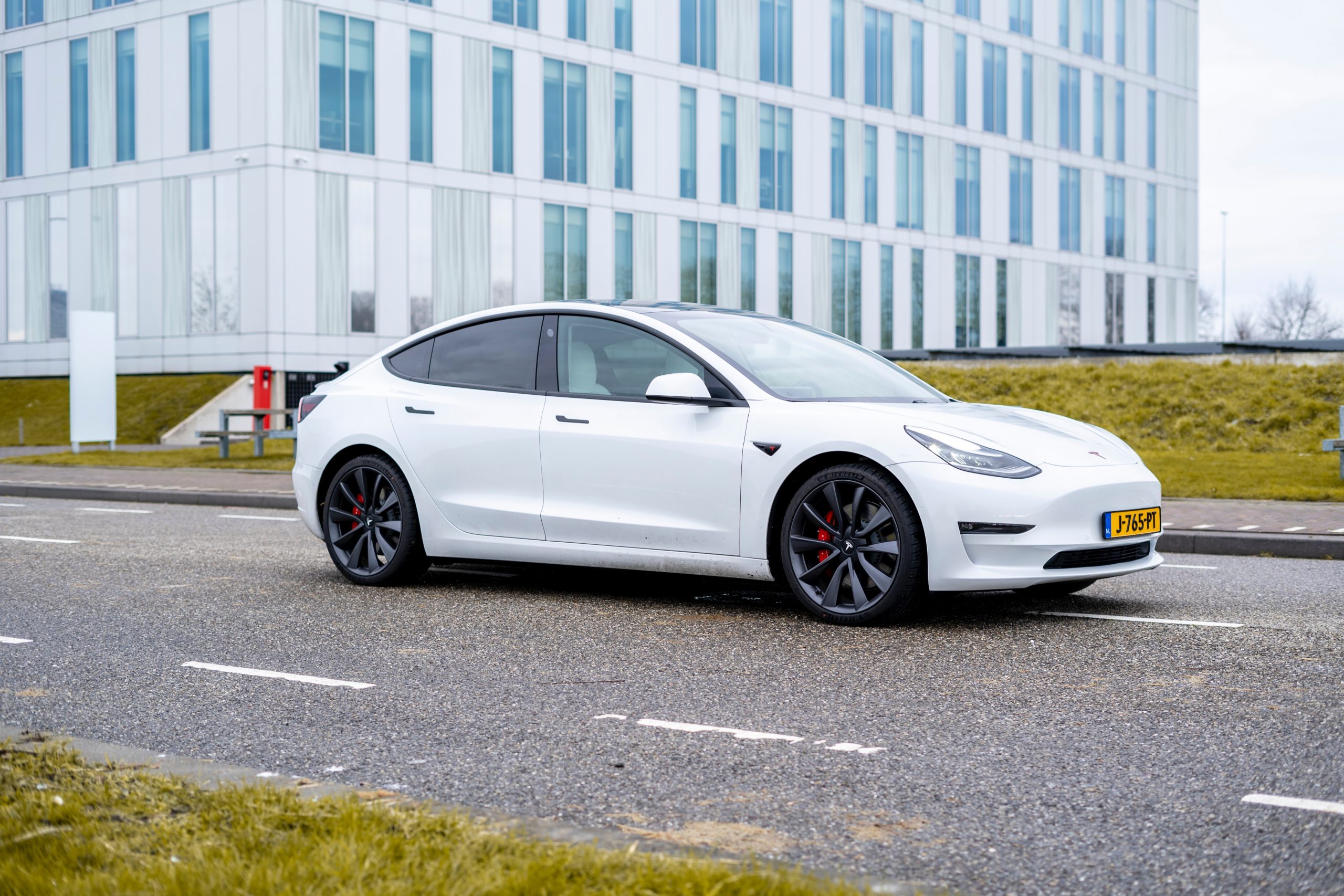Let’s set the stage, you have been driving for a while now, and your electric vehicle battery remaining power displays at 15%. You are starting to get a little nervous. Perhaps some dreaded range anxiety kicks in. Should you be looking for charging stations now, or should you wait another thirty minutes?
That seems like the right move. You take the next right onto the main street of the town that you are passing through. This shouldn’t be too difficult. There is bound to be a charging station just up the road from where you are. 10% now.
You pull into a gas station and ask the clerk if there are any charging stations in the area. There is one, about 5 miles up the road at the big box store. There’s got to be a better way to find electric vehicle (EV) charging stations while traveling, right?
In this article we answer the question of how to find charging stations while traveling in an EV. Road trips, even in the winter, are quite doable. They just take a little bit of planning. What this article will not discuss is home charging, or what is known as “level 2” charging. Here we focus specifically on finding an EV charging station while traveling on a trip long enough to test your range. Let’s dig in!
Planning for EV Charging Stations
No matter which type of vehicle you drive, planning goes a long way. This is true in an internal combustion engine (ICE) car too. However, the level of planning needed for a road trip in an EV is a new experience for first-time EV owners. This is especially true because there simply are not as many “Level 3 chargers” (CCS type fast chargers and Tesla Superchargers) as there are gas stations. In America today, you can find several gas stations even in small towns.
As more EVs hit the road, the need for fast chargers will only increase. But this does not mean that finding charging stations now is impossible. The first thing you need to do when planning a road trip is to figure out how far your car can go on a full charge. For example, if your max range is 300 miles, then you will probably want to find a fast charger 250 to 280 miles away from your starting point.

Finding Charging Stations: Built-In Route Planning
But how do you find these charging stations? Well, if you have a Tesla (or a Rivian, Ford, or certain types of EV makes and models) this is very simple. Simply input your final destination into the on-board navigation screen. The car automatically points you to necessary chargers along the route. This works better in some makes than it does in others, but the technology is quite capable and continues to improve. Sometimes a road trip includes, and the navigation system displays, charging stops that are between 30 and 45 minutes. A few of these may be necessary since you will have to stop to eat meals throughout the day anyway. However, this charging strategy also means it is more likely that you will be charging from a very low state-of-charge (SOC) to a very high one.
As a general rule, EV batteries today charge faster at lower SOC. They then slow down at the higher percentages because it is generally not safe to quickly charge a battery that has a high SOC. A basic guideline is that an EV battery pack takes around 30 minutes to charge from 0-80% and another 30 minutes to finish up to 100%. But when on a road trip, recharging your battery pack any higher than 80% usually doesn’t make much sense. If you are driving out to a very rural part of the country, where charging stations are more scarce, this may be necessary. However, usually, you can charge up just enough to get to the next charger with some buffer (around 10-20%).
Which Charging Station Should You Use?
After the initial charging stop, it is less important how much range your car has. What matters more is how fast your car charges. Let’s explore this some more. For the first leg of the trip, you charge to 100%. Then you find the next charging stop. If you drive a VW ID.4 then your max charging speed is 170 kilowatts (KW). But if you drive a Porsche Taycan, your max charging speed will be something like 270 KW. Both of these cars charge at what are called CCS Fast Charging stations. These types of chargers are provided by companies like Electrify America. Often times there are different charging stalls there, some offering 350 KW max speeds. Other stalls offer a max of 150 KW.
What this means for you, the driver, is important. If your car has a max charge rate of around 150KW, then you should not use the 350KW stall. This is because your car cannot accept that much power at once. However, it goes the other way too. If your car has a max charge rate of 150KW and you pull up to a 50KW station, you will be sitting longer than needed to get a charge. But how does one know where to find which type of charger? Let’s discuss that next.
Finding Charging Stations: PlugShare
If you own a car that does not have navigation (or routing to chargers), have no fear. There is another option for finding charging stations along your route: the internet. OK, not the whole internet. Rather, there are specific websites and apps that can help you plan your trip. One such website is called PlugShare. This website is massively popular for several reasons. It can be used as an app, or on a computer. You can type in the address of where you’re going and you can see nearby chargers. The information sometimes contains inaccuracies, but the crowd sourcing aspect is a great feature to keep things up to date. Always make sure to check out the comments for a charger on PlugShare.
PlugShare allows for a variety of search parameters. This includes max charger speed, the types of plugs the charger has and if it is a charger at someone’s home. While PlugShare does have a trip planner, it does not tell you which chargers to stop at and for how long. It simply finds you all the chargers along a particular route. For a website that will show how long you need to charge at each stop, let’s look at another website.

Finding Charging Stations: A Better Route Planner
A Better Route Planner (ABRP) is a wonderful tool. On this website, you can select the type of car you have, where you’re traveling, and the strategy you want to use. You can also select what percentage your battery will be at before you leave. Say you would rather take fewer but longer charging stops. This would allow you to get meals, or stretch for longer periods of time. You can also set it up so that you have more frequent but shorter stops. This allows for maximum efficiency while charging. You can also chose to simply get to the location as fast as possible. While you cannot check a box for towing, there is an option to display how much weight the car will have in it. Play around with the sliders of this website to see which solution is right for you.
Considerations for Driving on a Longer Trip
This section of the article will be short. Once you have your route planned out, you simply get into the car and drive. It really is that simple. Whether you use Plugshare, ABRP, or the car’s onboard navigation system, road trips are doable. Granted, some cars are not meant for road trips. Older Nissan Leafs had a range of less than 100 miles and could not fast charge. However, many cars today have around 300 miles of range and can charge quite fast. The Hyundai Ioniq 5, for example, can charge 10-80% in as fast as 18 minutes when utilizing a 350KW at a fast charger (max charge rate for the Ioniq is 230kw). This makes road trips not only doable, but actually quite fast. And as more chargers come online, traveling wherever you need to go will only get easier.
There is potential that, one day, EV charging stations will be nearly as plentiful as gas stations are now. In the UK, a gas station was turned into an EV charging station and we are seeing more and more examples of this all over the world. Here in the US, the National Electric Vehicle Infrastructure plan requires that fast chargers be placed near major highways. If not along the highway, they can be placed near shopping centers or stores. As always, your results will vary. And there may be some trial and error. However, EV charging while traveling continues to evolve and get easier with each passing day.



